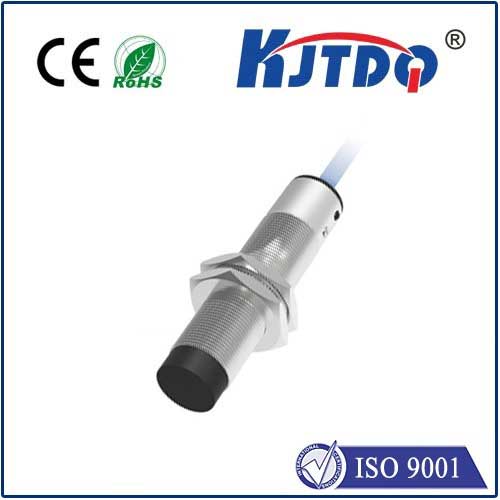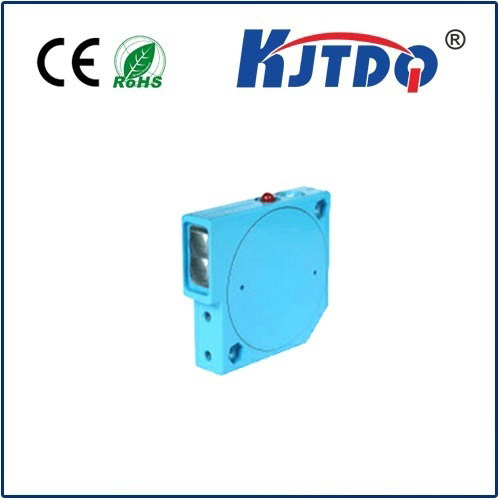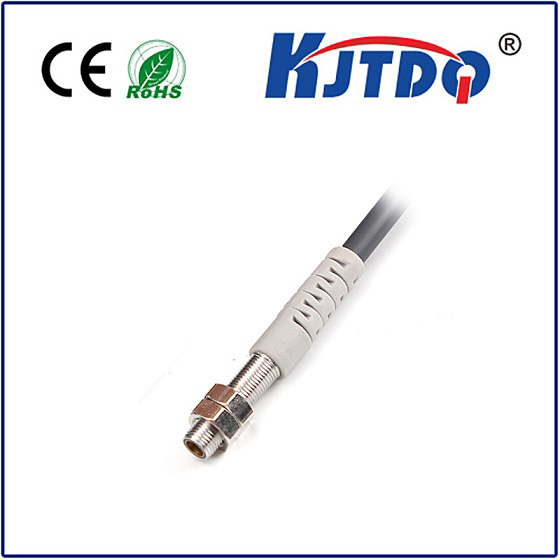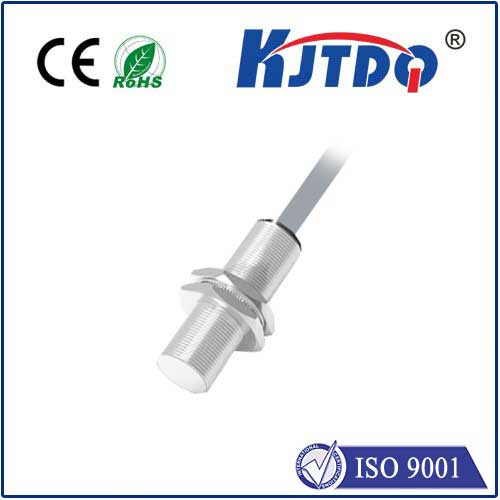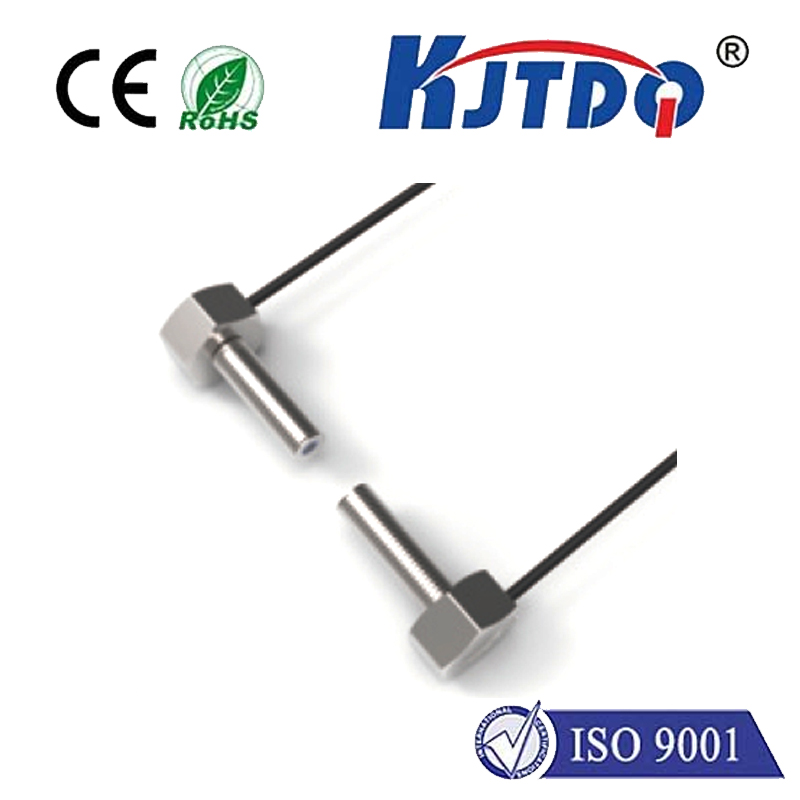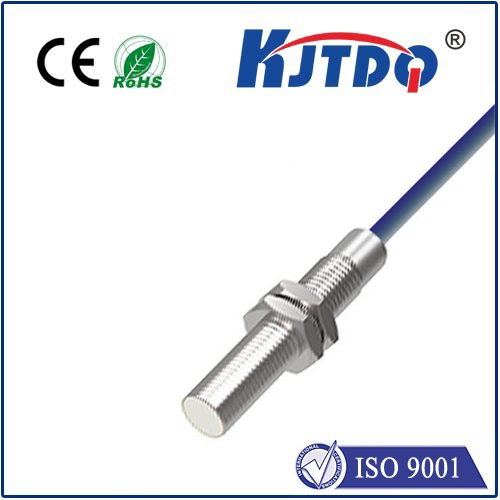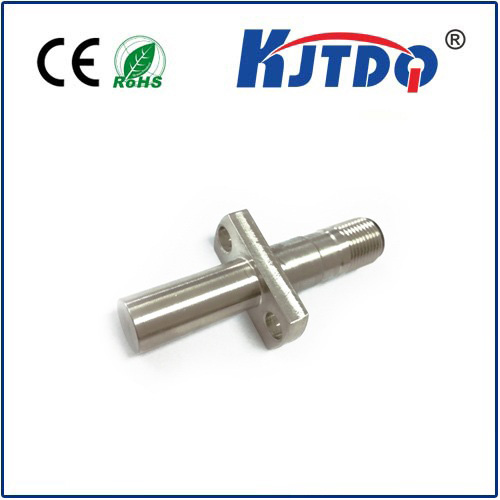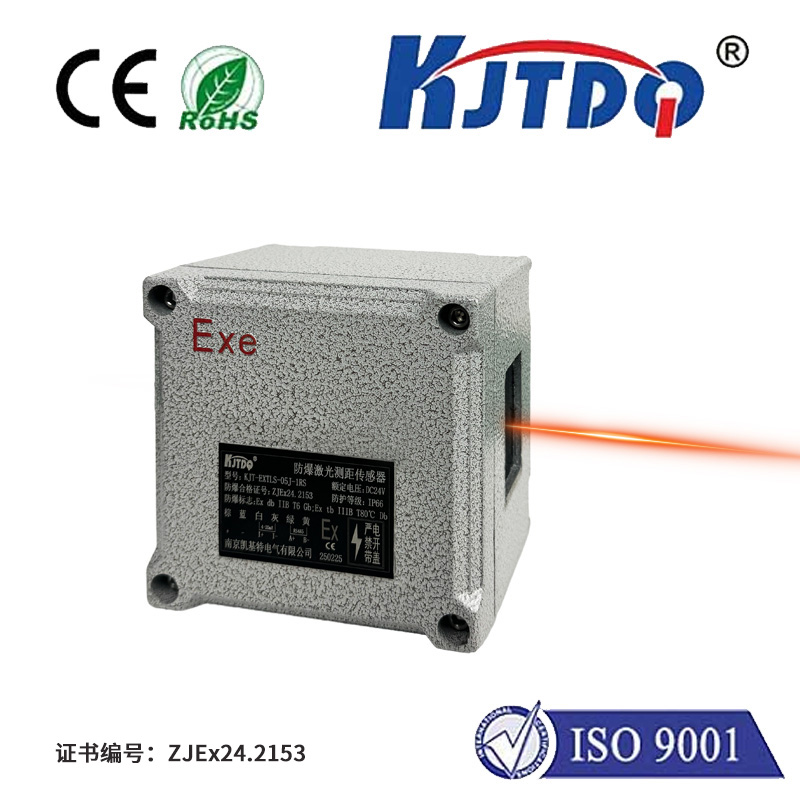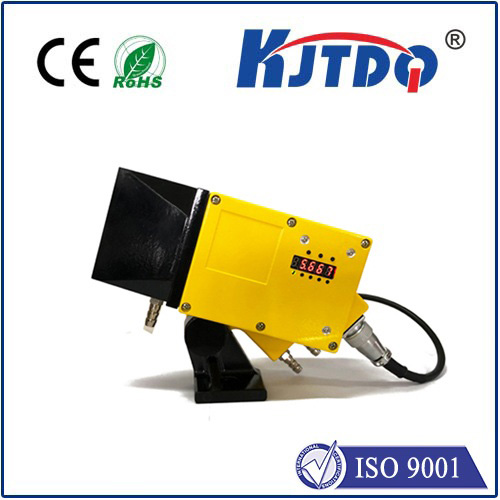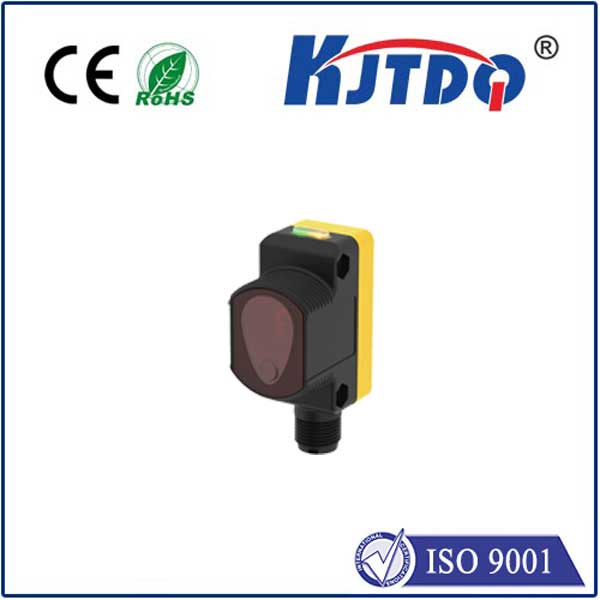ptfe proximity sensor
- time:2025-09-08 10:04:23
- Нажмите:0
Unlocking Harsh Environment Sensing: The PTFE Proximity Sensor Advantage
It’s 3 AM on a factory floor. Alarms blare unexpectedly, grinding production to a sudden halt. The culprit? A critical proximity sensor, tasked with detecting metal parts on a washdown line, has succumbed – not to mechanical failure, but to the relentless chemical assault from harsh cleaning agents. Downtime costs mount by the minute. This scenario, all too common in demanding industries like chemical processing, food & beverage, or pharmaceuticals, highlights the critical need for sensors built to endure the unrelenting. This is where the PTFE proximity sensor steps firmly into the spotlight, offering a unique solution engineered for resilience where others falter.
Understanding the Core: Proximity Sensors & Their Challenge
At their essence, inductive proximity sensors detect the presence or absence of nearby metal objects (usually ferrous or non-ferrous) without physical contact. They generate an electromagnetic field; when a metal target enters this field, it causes a detectable change (like eddy current damping), triggering the sensor’s output switch. Their reliability, long life, and speed make them ubiquitous in automation.
However, standard sensors often rely on housing materials like nickel-plated brass, stainless steel (varying grades), or certain plastics. While robust in many settings, these materials meet their match in truly harsh environments. Aggressive chemicals, extreme temperatures, high-pressure washdowns, corrosive gases, volatile solvents, or adhesive substances can rapidly degrade sensor housings and sensing faces. This leads to:

- Premature Failure: Corrosion eats away at metal components; plastics can swell, crack, or become brittle. Contaminant buildup can obstruct the sensing field.
- Inconsistent Performance: Degradation alters the sensor’s electromagnetic field characteristics, causing erratic switching, false triggers, or failure to detect targets. Reliability plummets.
- Costly Downtime: Frequent sensor replacements and unplanned production stops significantly impact operational efficiency and profitability.
PTFE: The Material Science Powerhouse
Enter Polytetrafluoroethylene (PTFE). Often recognized by the brand name Teflon™, PTFE isn’t just “non-stick” for your frying pan. Its molecular structure grants an extraordinary combination of properties ideally suited for safeguarding sensors:
- Legendary Chemical Resistance: This is PTFE’s crown jewel. It exhibits exceptional inertness, resisting attack from virtually all industrial chemicals, solvents, acids (even concentrated nitric and sulphuric acid), bases, and oxidizing agents. Where stainless steel might pit or plastic dissolve, PTFE stands defiant. This is largely due to the incredibly strong carbon-fluorine bonds in its structure and the complete shielding of the carbon chain by fluorine atoms.
- Outstanding Non-Stick Properties: PTFE has one of the lowest coefficients of friction of any solid. Liquids, viscous materials, powders, and sticky substances simply slide off, preventing buildup that could interfere with sensing accuracy. This is crucial in food processing (dough, cheese, syrups) or applications involving oils, paints, or adhesives.
- Remarkable Thermal Stability: PTFE maintains its integrity across a vast temperature range (typically from cryogenic levels around -200°C up to a continuous +260°C / +500°F). It doesn’t melt but rather degrades slowly only at very high temperatures far beyond normal sensor operating conditions. This stability ensures consistent performance in ovens, freezers, or near hot machinery.
- Excellent Electrical Insulation: PTFE is a superb dielectric material, preventing unintended electrical paths and ensuring the sensor’s internal electronics remain isolated, even when wet or contaminated.
- Low Moisture Absorption: PTFE absorbs virtually no water, preventing swelling, warping, or performance degradation in humid or wet environments, including high-pressure washdowns common in hygienic settings.
The PTFE Proximity Sensor: Engineered for Extremes
А.PTFE proximity sensor leverages these properties primarily in its sensing face and housing construction. The critical sensing surface exposed to the environment is either molded from solid PTFE or features a robust PTFE coating applied over a mechanically stable substrate (like high-grade stainless steel).
The result is a sensor uniquely equipped to thrive where traditional sensors fail:
- Unrivaled Reliability in Corrosive Zones: Imagine sensors confidently operating amidst chemical splashes, solvent vapors, or acidic mists. PTFE’s inertness means the sensor body won’t corrode or degrade, ensuring long-term, stable operation in chemical plants, plating lines, or semiconductor fabs. This drastically reduces unplanned maintenance and replacement frequency.
- Hygienic & Washdown King: In food, beverage, and pharmaceutical production, stringent hygiene is non-negotiable. PTFE sensors excel. Their non-stick surface prevents microbial harborage points, and they can withstand daily, aggressive high-pressure, high-temperature cleaning with caustic or acidic detergents without damage. They are essential for meeting sanitary design principles (e.g., EHEDG, 3-A) in direct product contact zones.
- Tackling Sticky Situations: Applications involving glue, paint, tar, dough, rubber, or heavy oils quickly foul standard sensors. PTFE’s non-stick nature allows contaminants to be easily cleaned off or simply prevents adhesion in the first place, maintaining sensing accuracy and reducing cleaning labor in packaging, converting, or tire manufacturing.
- Performance Under Thermal Stress: Whether monitoring parts in an industrial freezer or near a furnace, the PTFE proximity sensor’s thermal stability ensures its housing and sensing characteristics remain consistent, unlike plastics that might soften or become brittle.
Applications Demanding the PTFE Edge
The unique strengths of PTFE proximity sensors make them the de facto choice for numerous challenging sectors:
- Chemical Processing & Petrochemicals: Valve position detection, pump monitoring, reactor level sensing amidst acids, alkalis, solvents, and hydrocarbons.
- Food & Beverage Production: Filling lines, packaging machines, conveyor monitoring in washdown areas exposed to cleaning chemicals, steam, and sticky foods.
- Pharmaceutical & Biotechnology: Critical processes requiring sterility and resistance to aggressive cleaning and sterilization agents (CIP/SIP).
- Wastewater Treatment: Detection in environments with corrosive gases (H2S) and chemicals.
- Metal Plating & Surface Treatment: Reliable operation in acidic or alkaline plating baths and rinse tanks.
- Adhesive & Paint Application: Position sensing on applicator heads without buildup interference.
- High-Temperature Manufacturing: Monitoring near ovens, furnaces, casting lines, or welding stations.
Selecting the Right PTFE Sensor
When specifying a PTFE proximity sensor, considering these factors ensures optimal performance:
- Type & Extent of Exposure: Is it splash, immersion, vapor? Which specific chemicals are present? Confirm PTFE’s compatibility.
- Temperature Requirements: Ensure the sensor’s rated operating range (including the PTFE element) covers your application’s min/max temperatures.
- Pressure & Mechanical Stress: Verify the IP rating (typically IP67/IP68/IP69K for washdown) and mechanical robustness for the environment.
- Sensing Range & Target: PTFE layers, especially thicker ones, can slightly reduce the nominal sensing range (Sn)

